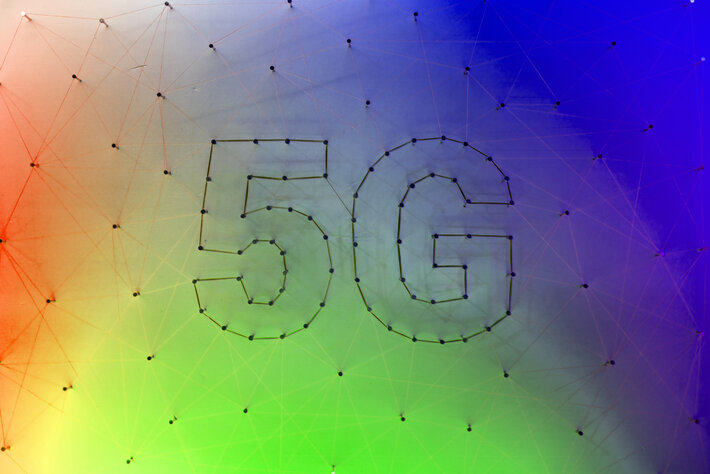Vodafone has published further results from its ongoing network tests in the upper 6GHz frequency band ahead of a crucial meeting of national regulators and industry members at the World Radiocommunication Conference (WRC-23), starting in Dubai next week.
The WRC-23 will decide the future use of the valuable 6GHz spectrum band. Identifying this band for international mobile telecommunications (IMT) will ensure consumers and businesses receive even faster and more reliable 5G services over the next five years and beyond.
Speed and critical capacity gains
In the past week, Vodafone ran like-for-like tests of both 6GHz spectrum and its existing 5G network operating at 3.5GHz. Using the same amount of bandwidth and radio antenna power, indoor speeds of more than 1 Gbps were achieved in both cases. This means that with the higher transmission bandwidths that 6GHz could bring, both the capacity and speeds of 5G networks would be improved, particularly in indoor areas where around 75% of mobile network traffic originates.
“These trial results confirm the upper 6GHz frequency band can provide a very effective capacity layer for existing 5G networks. 6GHz for 5G will be critical within five years to avoid any degradation in service if demand for fast connectivity continues at its current growth trajectory of 30% every year,” said Santiago Tenorio, a director of network architecture at Vodafone.
Public services
The results also demonstrate that higher channel bandwidths possible at the upper 6GHz band can provide the increase in performance needed for new and evolved customer services on public 5G networks. These services, like augmented reality on-the-go, smart cities and providing enterprises or emergency services with their own dedicated slice of network, will drive digital transformation across societies and industries.
Operators can apply 6GHz to existing sites, meaning they can roll-out between two to three times extra capacity to existing 5G service areas faster and with little or no disruption to services. Also, it will not require new sites, leading to lower incremental capacity costs for everyone.
Sustainable future
“A positive decision to allocate the upper 6GHz spectrum band for International Mobile Telecommunications at WRC this month will mean harmonisation of services and ensure a richer ecosystem of equipment and devices across Europe and other regions,” added Santiago. “We will be able to keep up with demand, keep costs down, while improving energy efficiency using new automated services. We shouldn’t waste this opportunity.”
Comment on this article below or via X: @VanillaPlus






